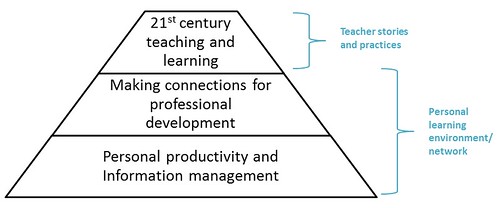Material type: Video lectures
Year: 1991
Used in courses: Undefined
Authored by: Richard Wolbers
Department or Unit: Art Conservation
Description

Richard C. Wolbers is a pioneer in the development of new methods of cleaning painted surfaces. His research on enzymes, soaps and resins has been the basis for developing new techniques using water and waterborne materials to address cleaning problems.
This video course was originally recorded in 1991. The series includes 15 hours of lectures on the underlying principles and processes of this scientific approach to cleaning paintings and painted surfaces. In addition, case studies are examined to illustrate how these techniques can be applied to specific cleaning problems.
List of contents
The course is divided into 9 sessions each with a different topic. Some sessions have approximately one hour of video, others have two hours.
Video 1
Introduction to water-based cleaning methods 1 (2 hours)
- An overview of grime removal strategies
- Review of acid/base chemistry, including Arrhenius acids/bases, reversible chemical reactions, buffers and rationale for buffering
- Case history: nineteenth-century “American Impressionist” landscape
Video 2
Introduction to water-based cleaning methods 2 (2 hours)
- Range of water-soluble cleaning effects
- Definitions of surfactant/surfactancy, wetting agents, soaps/detergents, and emulsions/emulsifiers
- Polar/Nonpolar character of surfactants
- Surface activity of surfactants
- Selection criteria for surfactants
Video 3
Introduction to water-based cleaning methods 3 (2 hours)
- Salts, ion pairs, and relative solubility of certain ionic materials
- Ionic Strength
- Chelation effects
- Resin soaps- examples of tailored surfactant systems
- Resin chemistry with case histories of Wollstenholmes’ “Hunt Scene” and Jennys’ “Portrait of Mrs. Baldwin”
Video 4
Introduction to water-based cleaning methods 4 (2 hours)
- Examples of detergent preparations
- Additional cleaning aids or materials
- Clearance mechanisms and strategies
Video 5
Enzymes (1 hour)
- Structure and function of enzymes in nature
- Enzyme preparations- lipases
- Case histories of Eichholtz’s “Portrait of Ann Rose Hopkins,” Sandy’s “Miranda,” and Picasso’s “Man with a Guitar”
Video 6
Emulsions 1 (2 hours)
- Definition of emulsion
- Hydrophile-Lipophile balance number
- Case histories of polychrome sculpture of Washington and Peale’s “Still Life with Vegetables”
Video 7
Emulsions 2 (1 hour)
- Emulsion paint formulations
- Microemulsions
- Case history: “Madonna and Child”
Video 8
Solvent Gels 1 (2 hours)
- Polyacrylic acid (PAA) as an aqueous thickening agent
- PAA complexes with organic amines
- Solubility ranges of PAA/amine complexes
- Solvent gel preparations
- Case history: American eighteenth-century piecrust table
Video 9
Solvent Gels 2 (1 hour)
- Case history: cleaning a japanned eighteenth-century tall-case clock
Primary Audience: College students
Location: http://udcapture.udel.edu/misc/cleaningpaintings/
© 1991, 2007 University of Delaware and Joyce Hill Stoner


 Series of short videos of chemistry demonstrations, originally presented in CHEM105 General Chemistry.
Series of short videos of chemistry demonstrations, originally presented in CHEM105 General Chemistry.
 This class focused first on personal information management practices, and then expanded to include connecting with the right people online, collaborating, and how to use social media and web 2.0 in educational settings. Even if you don’t currently teach, you’ll be able to use the skills developed during the course to become a lifelong learner, and you’ll be in a better position to convince colleagues and stakeholders of the value of social media and web 2.0 for teaching and learning in your unit.
This class focused first on personal information management practices, and then expanded to include connecting with the right people online, collaborating, and how to use social media and web 2.0 in educational settings. Even if you don’t currently teach, you’ll be able to use the skills developed during the course to become a lifelong learner, and you’ll be in a better position to convince colleagues and stakeholders of the value of social media and web 2.0 for teaching and learning in your unit.